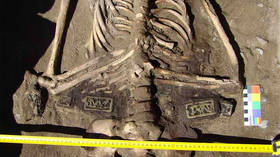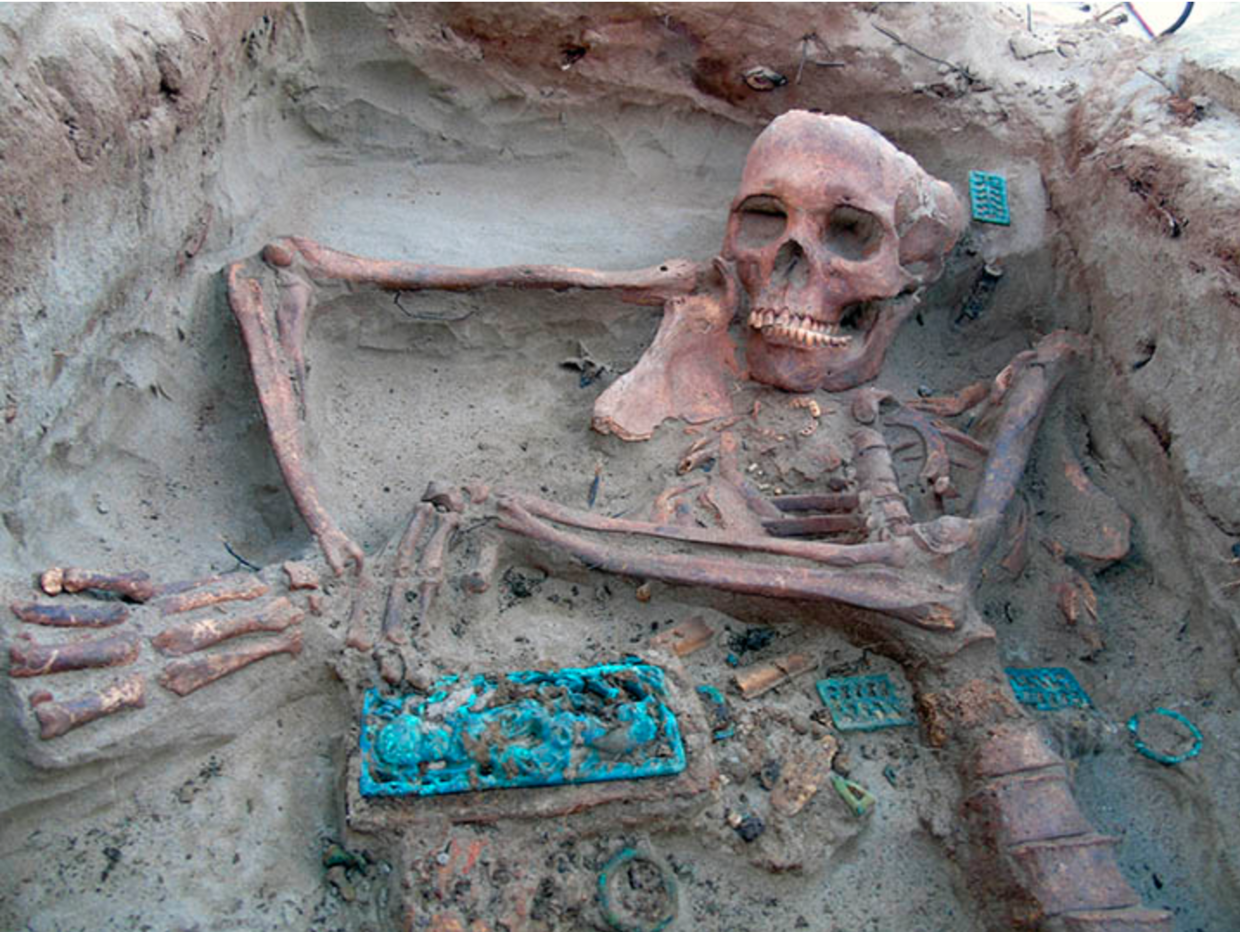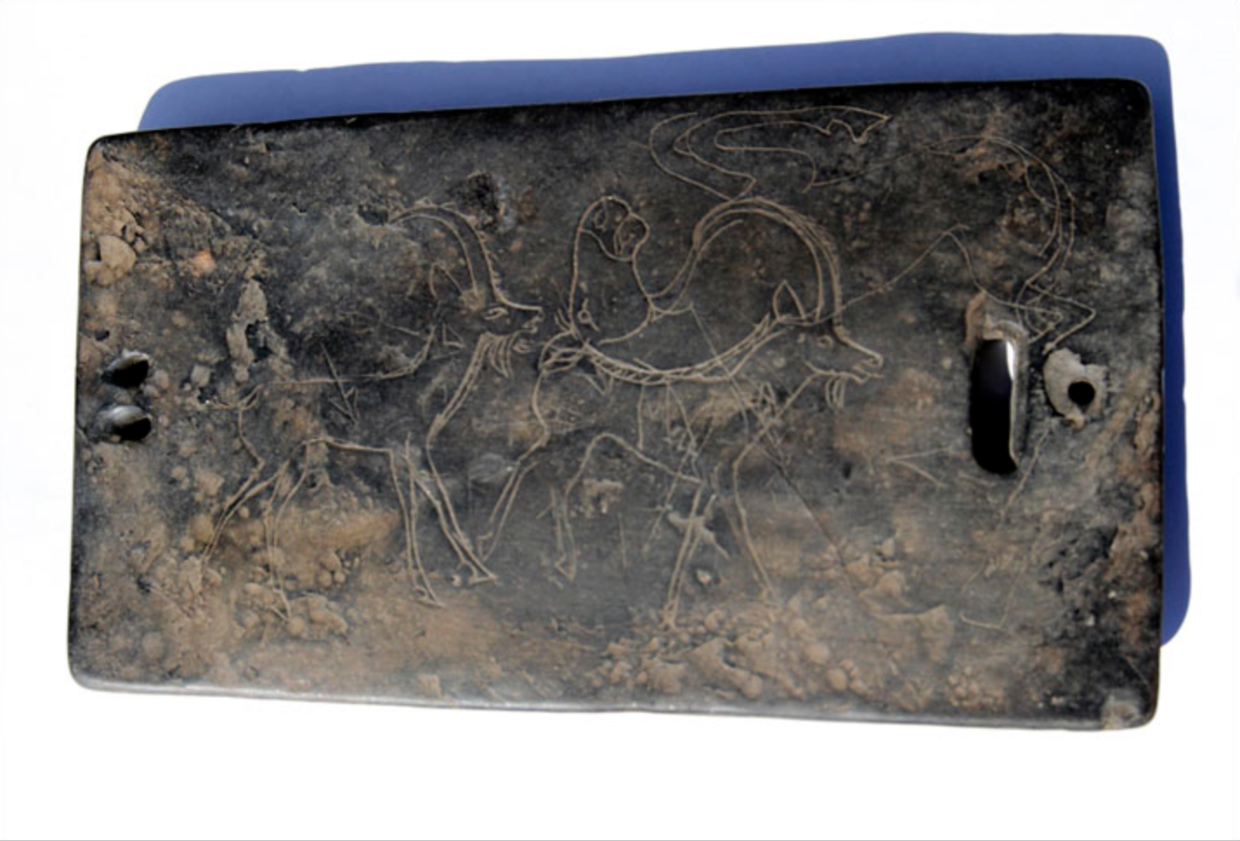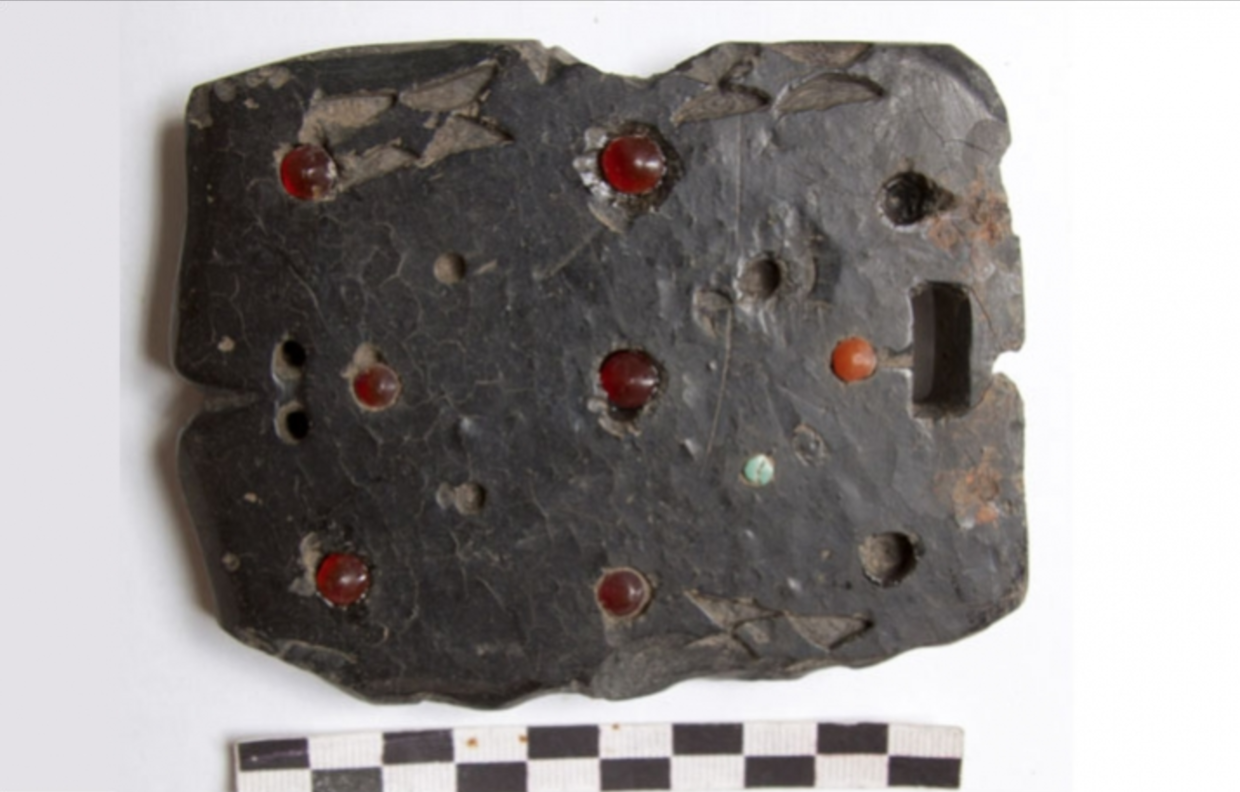‘Russian Atlantis’ where women were revered unearthed in Siberia (PHOTOS)

Relics from not one, but two ancient peoples have emerged from the depths at a site dubbed the ‘Siberian Atlantis.’ The race is on to unearth as many artifacts as possible before the 50ft (15m) waters consume the site once more.
Treasures from two civilizations dating from the Bronze Age to the era of Genghis Khan were uncovered as the waters receded at a 240-square-mile site in the Tuva Republic in southern Siberia, the Siberian Times reports.

Some 110 burial sites appeared on an island in the reservoir at Ala-Tey, as well as at a nearby site at Terezin, which boasts at least 32 graves. Archaeologists have until the beginning of July to recover as much as possible from the ‘Siberian Atlanteans’ before the site disappears for another year, beneath the frozen waters.
Ancient human remains and a wealth of extraordinary artifacts, including jewel-encrusted coal ornaments and decorations that were discovered at the site where the Siberian ‘sleeping beauty’ was uncovered last year.

“This site is a scientific sensation,” said Dr Marina Kilunovskaya from the St. Petersburg Institute of Material History Culture. Kilunovskaya, who led the Tuva Archaeological Expedition investigating the remnants of an ancient nomadic Hun population from approximately 2,000 years ago, added that her team was fortunate that the site had not been pillaged by grave robbers.

“Huns cherished women. It wasn’t a matriarchy, yet women – mothers and skilled artisans – were treated with great respect,” she said.
Jewelry and adornments belonging to the nomadic Xiongnu warrior people, replete with scenes of tigers fighting dragons, as well as beautifully crafted bronze bulls, horses, and snakes, were also uncovered along the bank of the so-called Sayan Sea. The site is a giant reservoir near Sayano-Shushenskaya Dam, Russia’s biggest power plant.
Also on rt.com The Thing: Melting Siberian permafrost reveals terrifying creatures (PHOTOS)Think your friends would be interested? Share this story!














